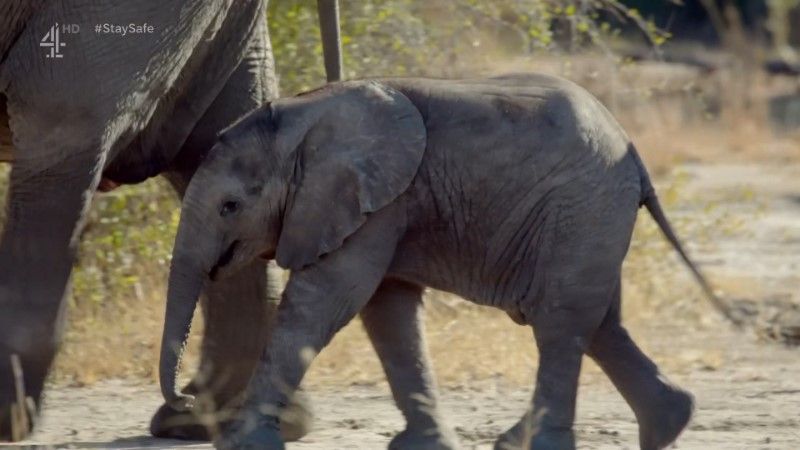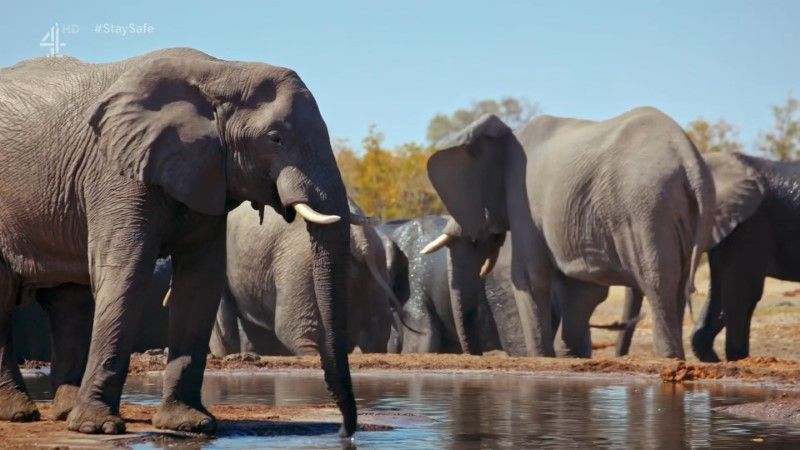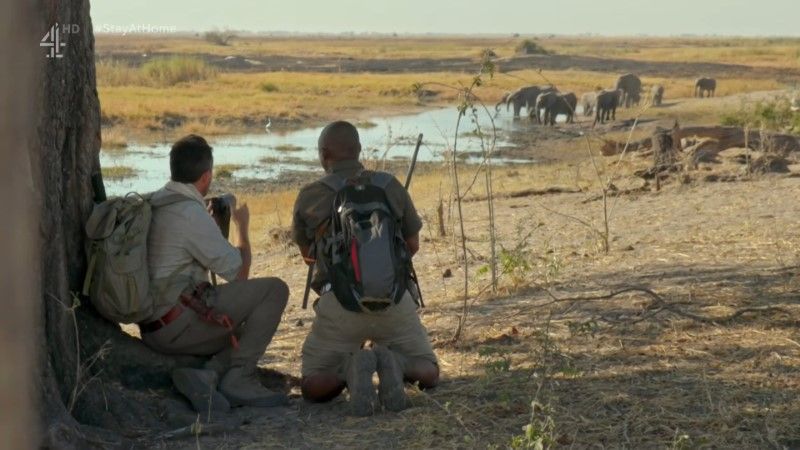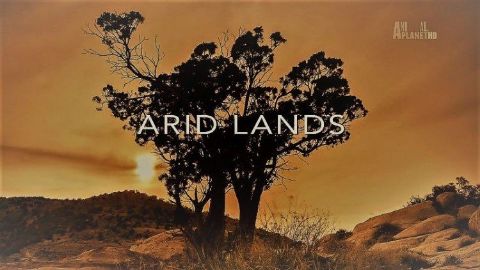Part 2 • 2020 • episode "S1E2" • Walking with Elephants with Levison Wood
He continues his epic 650-mile journey on foot, following the annual migration of Botswana's 130,000 elephants, and faces his toughest challenge yet. Together with his guide Kane, Lev treks along the route taken by the male elephants through the immense salt pans of the Makgadikgadi, via the frontier town of Gweta, to the edge of the Okavango Delta. Along the way, he narrowly escapes being surrounded by nervous bull elephants, before enjoying the incredible experience of being up close to the same group as they drink at a waterhole.
Make a donation
Buy a brother a hot coffee? Or a cold beer?
Hope you're finding these documentaries fascinating and eye-opening. It's just me, working hard behind the scenes to bring you this enriching content.
Running and maintaining a website like this takes time and resources. That's why I'm reaching out to you. If you appreciate what I do and would like to support my efforts, would you consider "buying me a coffee"?
Donation addresses
BTC: bc1q8ldskxh4x9qnddhcrgcun8rtvddeldm2a07r2v
ETH: 0x5CCAAA1afc5c5D814129d99277dDb5A979672116
With your donation through , you can show your appreciation and help me keep this project going. Every contribution, no matter how small, makes a significant impact. It goes directly towards covering server costs.







